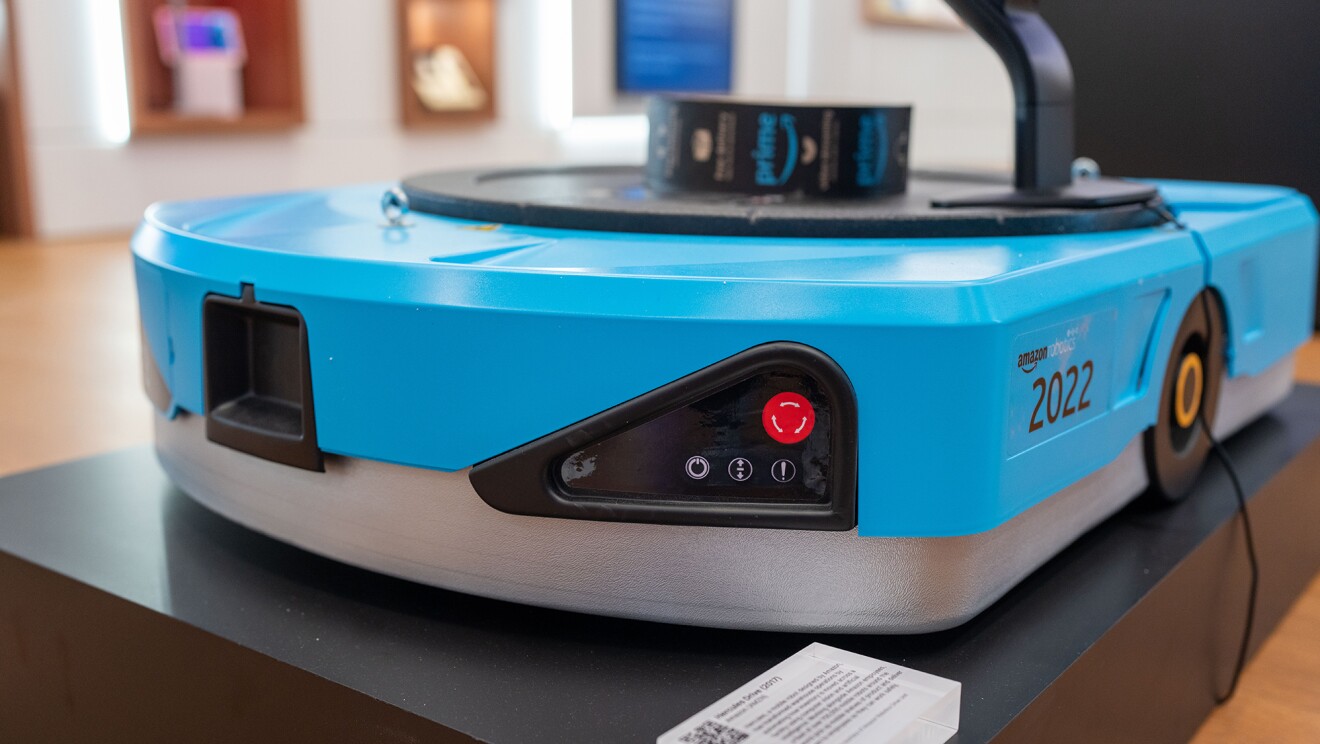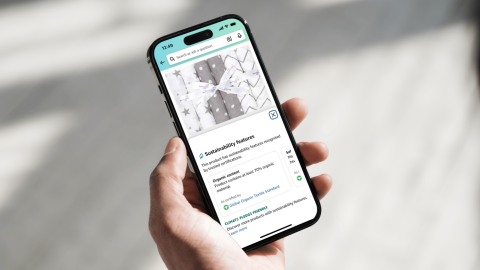We work hard to make it easy for customers to find and discover products by providing a powerful search experience alongside helpful information because we want them to love their purchases. They usually do, but just like any retailer, sometimes customers want to return something they purchased from us.
And when that happens, our mission at Amazon is to give them a second life. Here is an inside look at what happens after a customer drops off their item for a return, and how Amazon works to maximise reuse and minimise waste.
Step 1: Free product and customer support
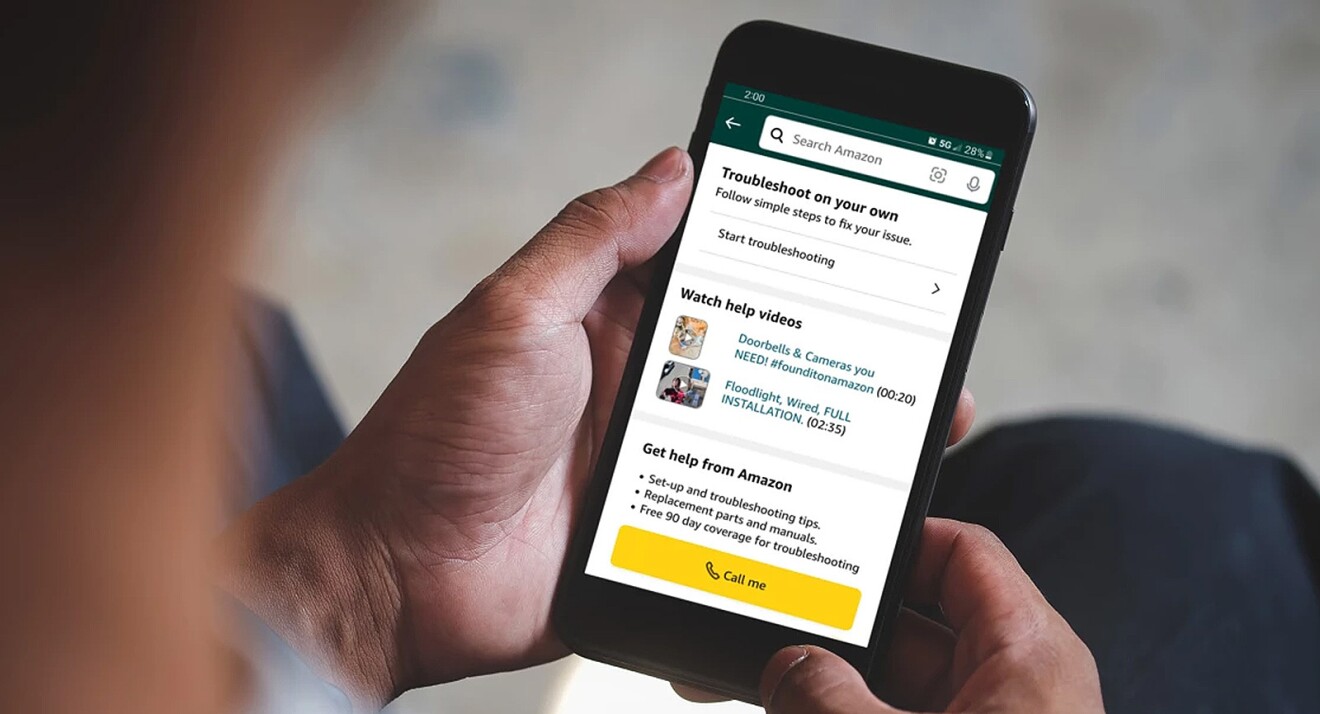
We understand customers can spend a lot of time making purchase decisions, and we’re committed to helping them find the right product for their needs. That’s why we launched programmes like Virtual Try-on for shoes and sunglasses.
We also offer free product support to customers once an item is purchased, helping with product setup, product use, or troubleshooting issues. Depending on the product, customers can call or chat with Amazon customer support, access manufacturer contact details, view step-by-step troubleshooting instructions, coordinate the replacement of missing broken parts, or find support. These options can be accessed for eligible items through the Your Orders page by clicking Get Product Support. If customers still aren’t satisfied with the item, they can get replacements or exchanges on eligible products.
Step 2: Return dropped off
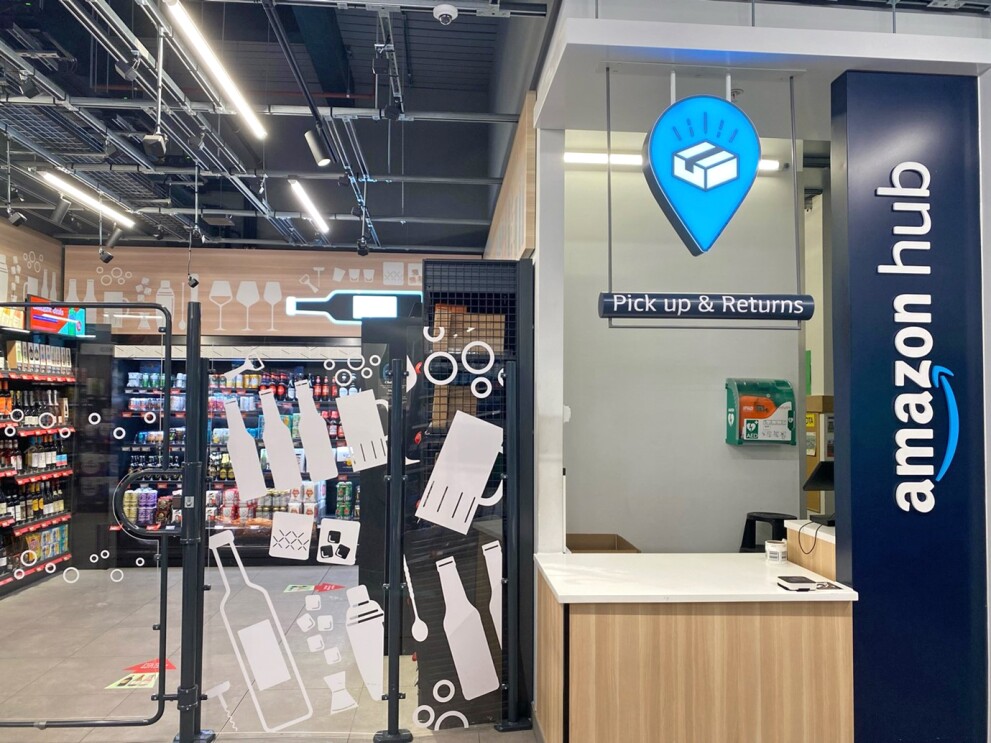
If a customer decides to return an item, Amazon offers multiple options to make returns easy. At least one option (usually more) is always offered for free, and customers in the UK are often close to a label-free, box-free return drop-off location. These locations include local Post Office branches, Amazon Hub Counters, Amazon Fresh Hubs or an Evri Drop Off point.
In most cases, customers don’t have to worry about boxes or labels, associates at each drop-off location will handle all the packing, labelling, and shipping.
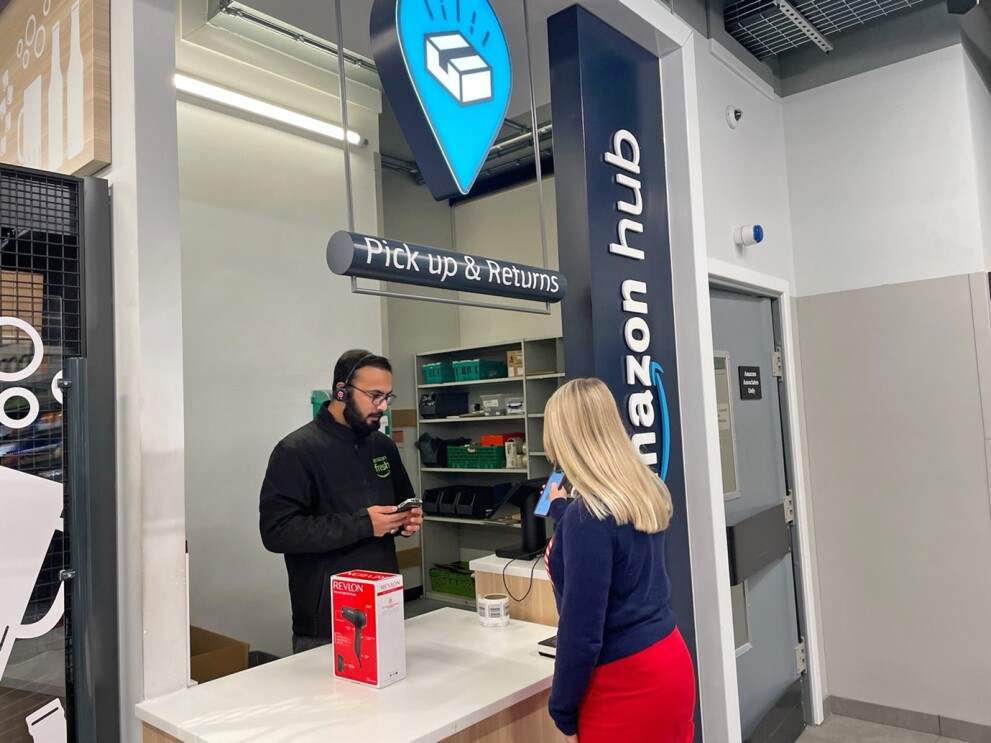
Many Amazon Fresh stores in London include Amazon Fresh Hubs which enable customers to return their items easily and quickly. All you need to do is head to the Amazon Hub counter and show your return QR code to the store assistant who’ll help you print out the label, package the item and process the return.
Step 3: Returned items sent to Amazon facilities
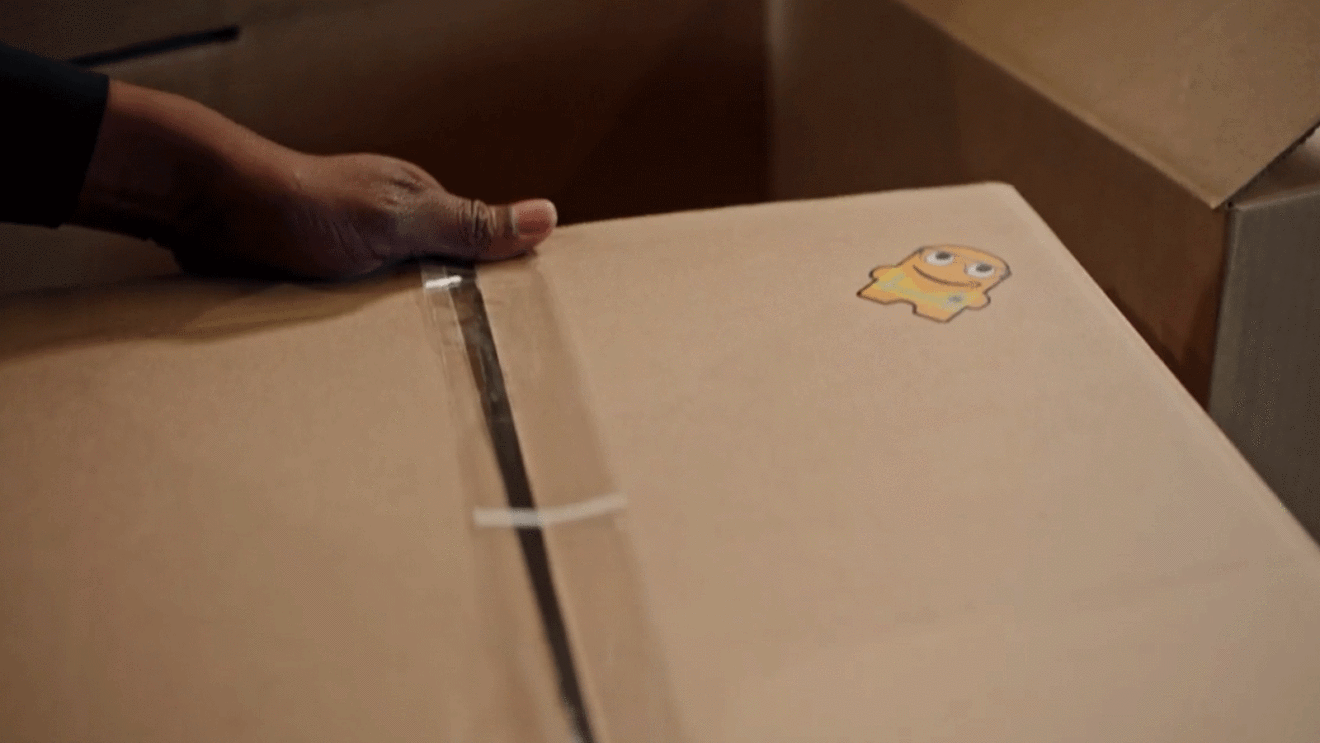
An item dropped off for return is consolidated with other returned items and routed to an Amazon return centre. Amazon return centres are dedicated sites to process different types of products, such as clothing, electronics, or furniture and appliances.
Step 4: Amazon inspects returned items
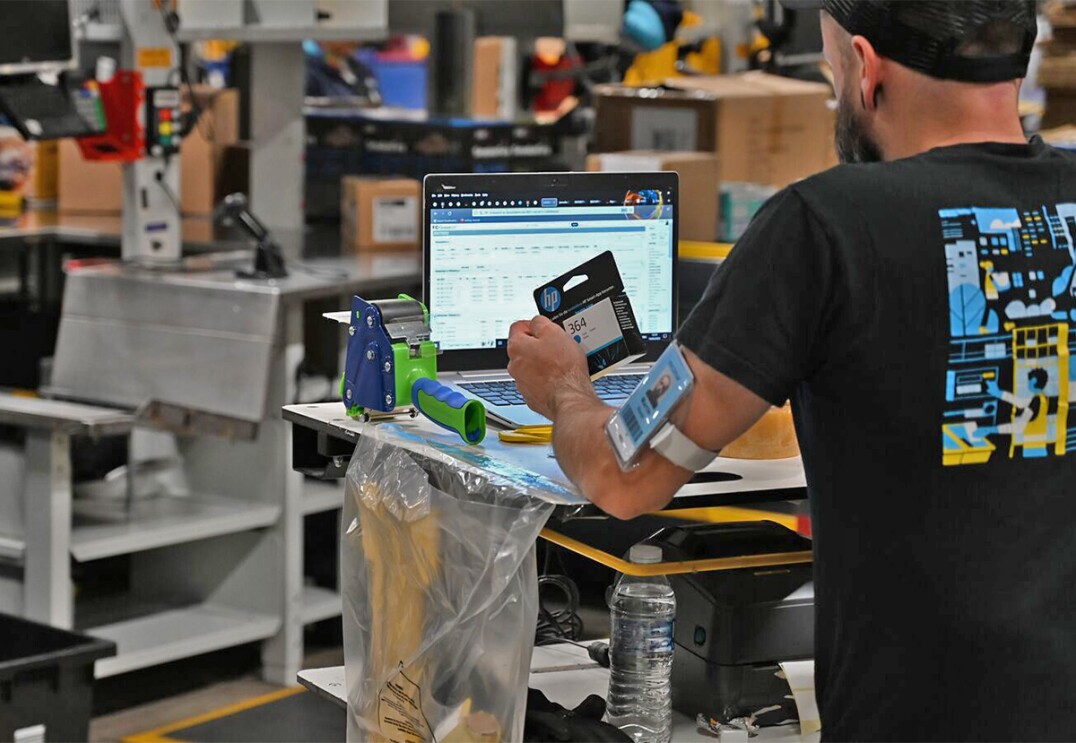
Each item at an Amazon return centre is carefully inspected and evaluated to determine if it meets Amazon’s high bar to be re-listed for sale. First, we evaluate all sides of the manufacturer’s packaging to identify any broken or damaged seals. Then, we evaluate the item inside the packaging, confirm the item matches the description, check for any signs of use, and assess any product damage.
Depending on the condition of the returned item, there are several paths it can take. The vast majority of returns are resold as new or used, returned to selling partners, liquidated or donated. If an item doesn’t meet Amazon’s high standards to be put back on the virtual shelf and sold as new, it might qualify to be sold at a reduced price through Amazon Warehouse. With all the benefits of Amazon delivery, customer service and convenient returns, Amazon Warehouse offers customers great deals on quality used, pre-owned, or open-box products.
Before an item can be sold in Amazon Warehouse, we conduct a second inspection, thoroughly testing the condition of each item and providing a detailed description of its condition to make it easier for customers to make a more informed decision. For electronic items, we will power on, test, and factory reset as part of the evaluation. Based on the quality check, each item will be assigned one of four listing conditions: “Like New,” “Very Good,” “Good,” or “Acceptable.” Customers can find these offers via the Amazon Warehouse storefront, search bar, or product detail pages.
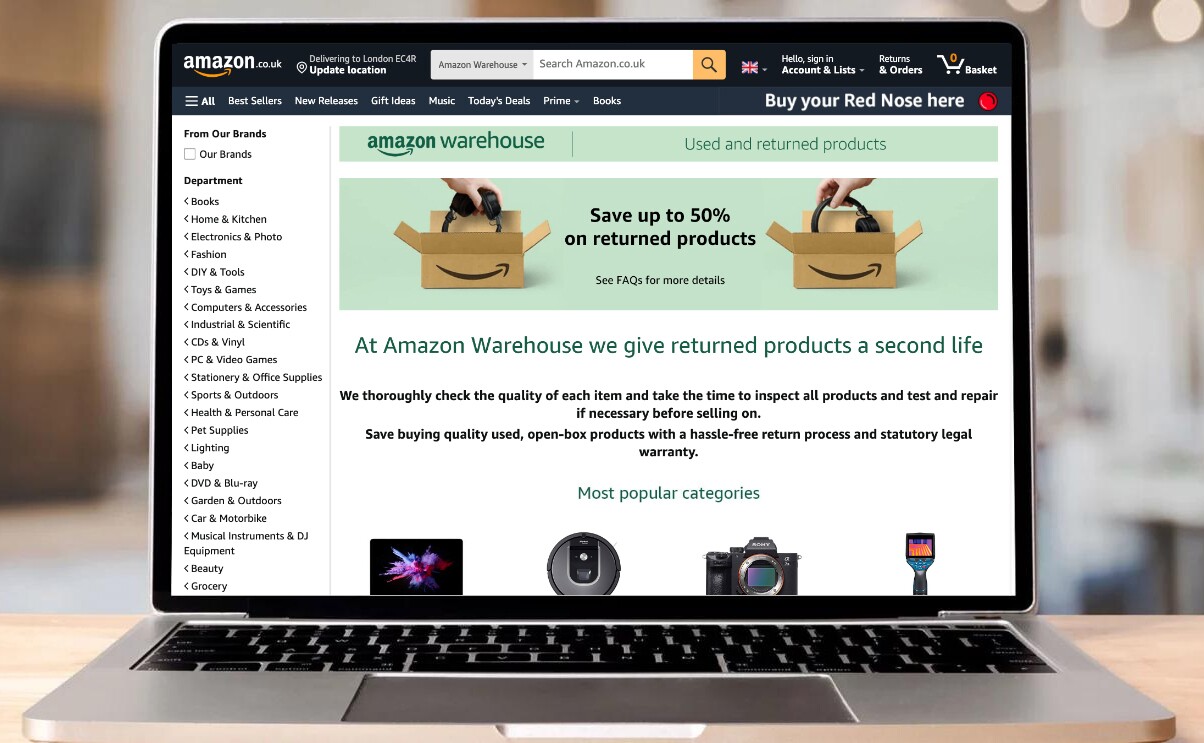
For items that do not meet Amazon’s high bar for sale in our stores, we work with specialty vendors to repair some returned items (like a TV or laptop) so that they can be liquidated. In our most recent Sustainability Report, we shared that more than 7.6 million products were repaired in Europe and the U.S. through repair partners in 2022.
Step 5: Items find a second life through donations

Sometimes products can’t be resold for a variety of reasons, like damaged packaging, but they still have plenty of life. In these cases, items may be donated to families and individuals through our charity partners like the British Heart Foundation, Cancer Research UK, and Barnardo’s, or Multibank initiatives supported by Amazon across the country.
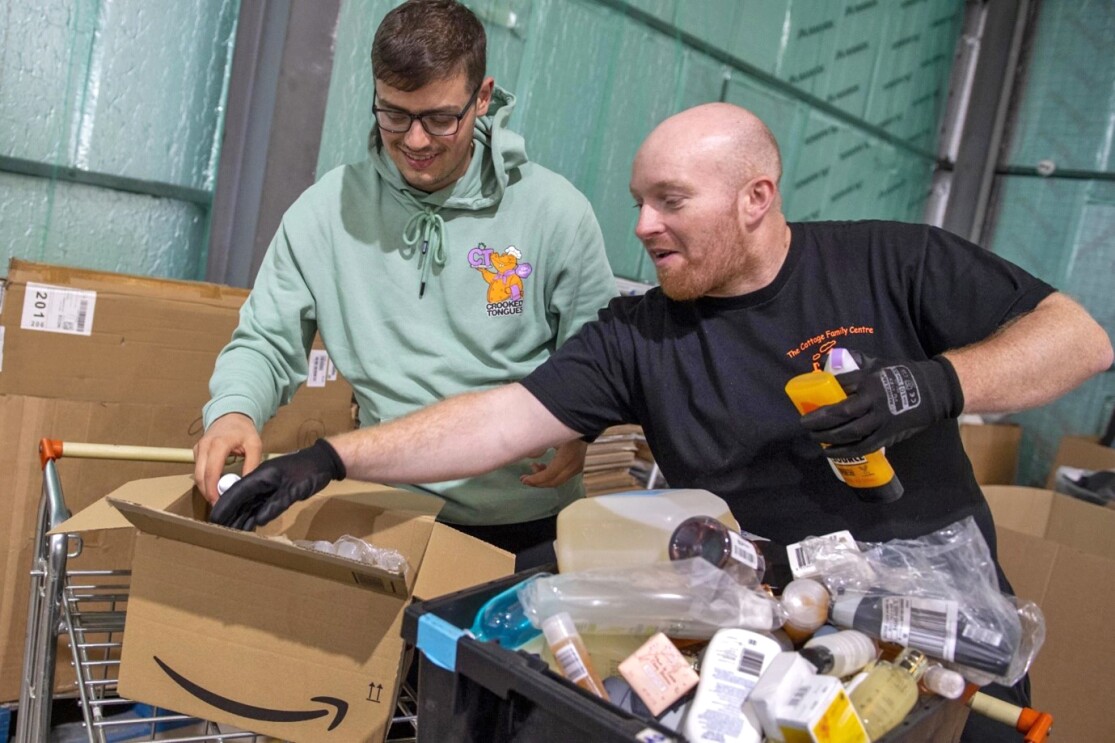
When we’re unable to resell, return to selling partners, liquidate or donate products, we pursue recycling options where possible. Learn more about Amazon’s commitment to minimizing waste, increasing recycling, and providing options for customers and sellers to reuse, repair, and recycle their products in our Sustainability Report.





